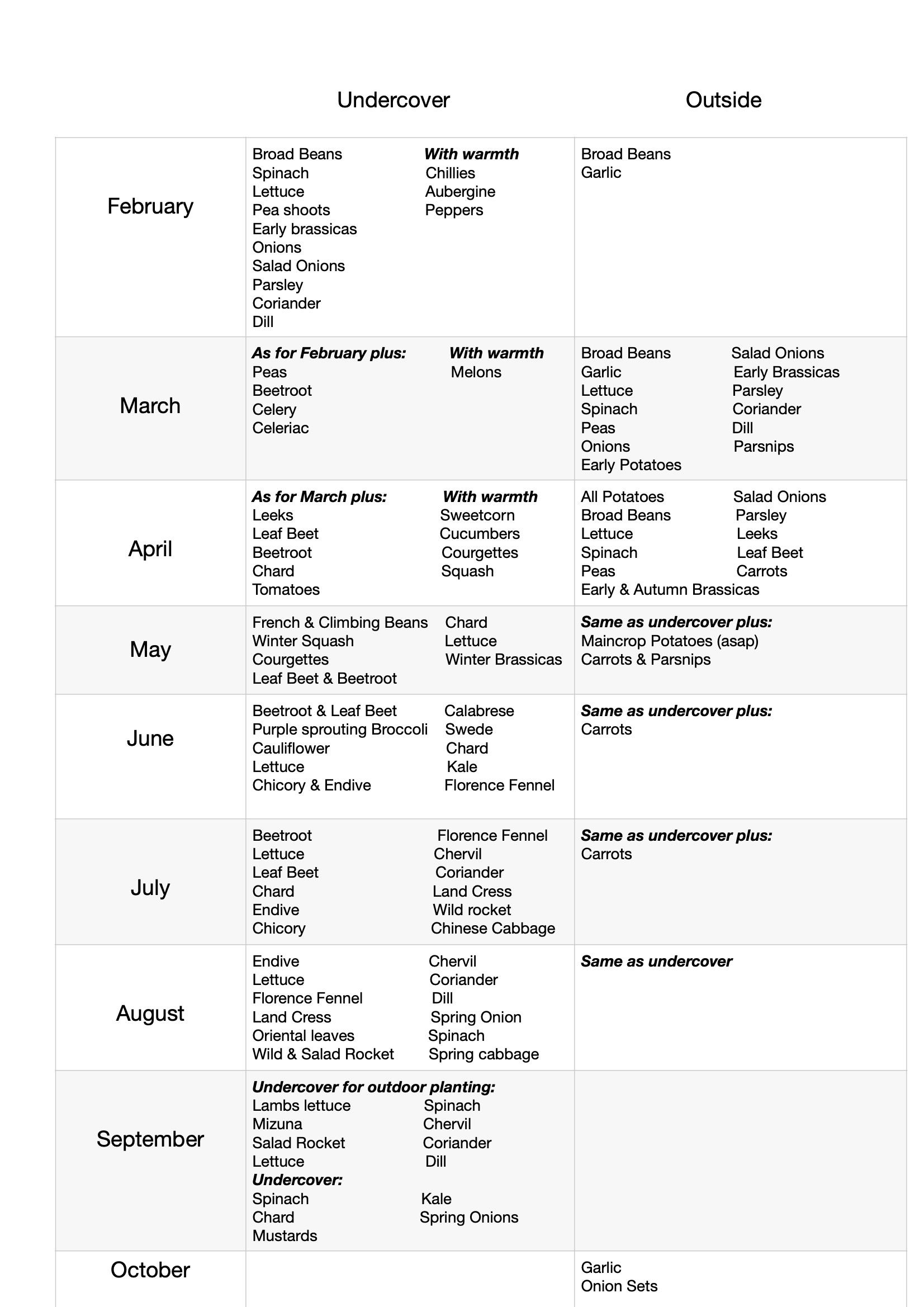- Screen Colours:
- Normal
- Black & Yellow
No Dig Gardening
The origins of ‘no dig’ gardening are unclear but may be based on pre-
industrial farming techniques in the nineteenth century. Whatever its origins it
is becoming an increasingly popular method of organic gardening, especially
for growing vegetables. Although it can be equally beneficial for flower beds
and herbaceous borders.
One of the main principles of ‘no dig’ is to allow nature to do its work.
Organic matter such as well rotted manure, compost, leaf mould, mushroom
compost and old straw is added to the the soil surface of a bed and left for
worms, insects and microbes to incorporate it.
To create a new bed the sheet mulching method is used. An area of garden
is covered with wetted paper or cardboard which is then covered with a
good layer of compost and topped off with a mulch as mentioned above.
This method is also known as ‘lasagne’ gardening.
10 reasons why ‘no dig’ gardening is good
• It is 100% organic which means that it helps conserve natural resources,
prevents pollution and makes the environment safer for flora and fauna.
• It preserves and supports the existing soil structure through minimal
cultivation, at the same time improving it with the constant addition of
organic matter.
• It encourages worms, nematodes and other beneficial microfauna to live in
the soil.
• A bed can be created using the sheet method on a plot of ground which
would otherwise be difficult to cultivate.
• The new bed can easily be made to any size or shape to fit the plot.
• Moisture is retained more readily during the growing season.
• Time saving -No preparation or cultivation of the soil needed before
planting.
• The soil warms up earlier in the spring because it is undisturbed over the
winter so planting can be earlier leading to earlier harvests.
• By preserving the organisms living in the soil stronger plants and better
flowers can be created.
• A bed is far easier to weed and can be resown or replanted at any time of
the year.
How to build a bed from scratch
A no dig bed can be made at any time of the year and can be of any size but
it may be best to start small- say I.2m x 2.4m- 4ft x 8ft.
It can be created on top of unused grass and weeds as the mulch that will
be put on top will be sufficient to smother them. However, it is best to keep
the bed some distance away from large trees or hedges as these may create
shade and take a lot of moisture from the soil.
The sides of the bed can be a frame work made of wood or temporary sides
can be fashioned out of old fence posts to keep the compost contained.
However, it need have no sides at all. If going for this approach, the areas
surrounding the bed should be weed free and have no grass abutting the
sides of the bed as this will encroach on it.
Lay down a double layer of dampened cardboard over the untreated ground
cut to fit the size of the bed. Before doing so remove any tape or staples and
cardboard with a shiny coating should not be used as this is plastic and
won’t break down.
Cover with about 10-15cm of compost, lightly trodden down. Although this
can be as little as 5cm deep if the ground underneath is bare earth.
The bed is now ready for planting. If any weeds do appear remove them
immediately. This is easy to do as the soil is not compacted.
Apply an annual mulch of well rotted organic matter to the depth of about
5cm in the late autumn if the bed is clear or in late winter. Allow about 6-10
weeks for the organic matter to compost down further before planting.
Below is a simplified sowing and planting calendar based on one laid out by
Charles Dowding. Most of what is written here is taken from his books and
from his many articles on line. To learn more about the No Dig technique of
gardening his knowledge and experience is second to none!
